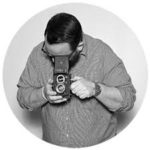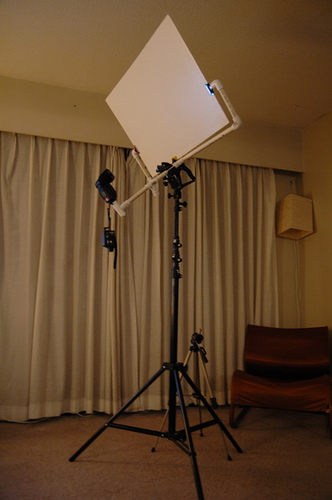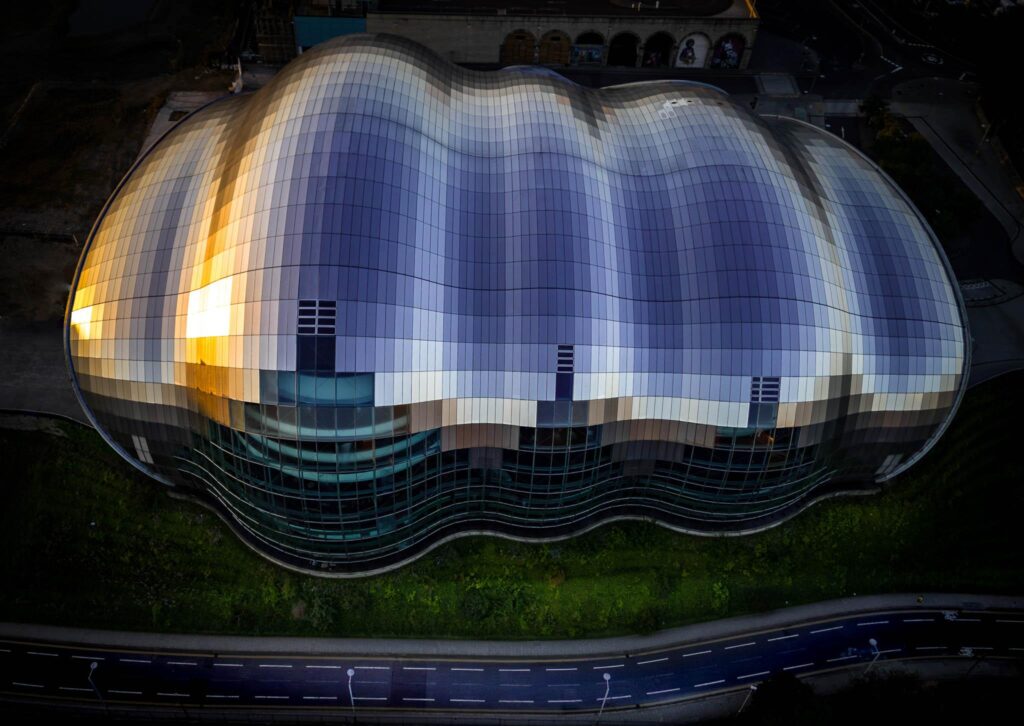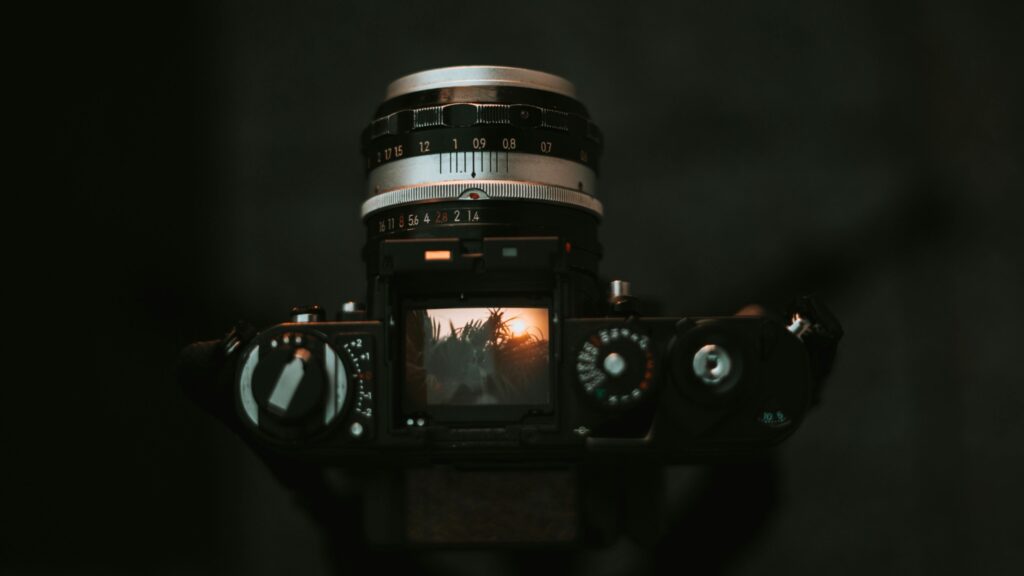Utilizing flash in photography allows you to create unique photographs in ways that would otherwise be impossible. There are a few downsides to utilizing flash photography though.
- Harsh shadows
- Over-exposed subject matter
- Inability to illuminate larger subjects or groups of people properly
Using reflectors and other light modifiers with your flash photography will create more pleasing and fun photos. Here are 6 tips on using a flash reflector to take your flash photography to the next level. Note that all of these tips are intended for use in conjunction with a hotshoe mounted flash, not a pop-up on camera flash or built in point & shoot camera flash.
Reflectors can be bought or made. One of the oldest methods is to utilize a simple note card and rubber band on your flash.
Angle your flash at 45 degrees when using it with a reflector aimed at a specific subject. This is needed to help project the light onto the subject
Point your flash straight up when you need to illuminate a large space without harsh shadows and keep a reflector on the back of the flash unit to help throw the light forward. Especially effective for the soft, near shadowless look.
Use the wall next to you as a reflector. Reflectors don't need to just be on the flash unit itself, if you can point your flash at a white or light colored wall and bounce light off it, it's one another way to light your subject matter.
When you're using off camera flash, that is your flash mounted to a light stand. rather than firing directly at your subject, use a reflector board to fire the flash into, broadening the light and softening it greatly. Also effective for reducing harsh shadows.
Homemade reflectors on the flash are 100% OK, but avoid tinted colored materials as it will throw a color cast onto your subject. Stick to white or semi-translucent materials and utilize gels on your flash if you wish to change or correct for color.
Using your flash isn't just about pointing it at your subject, there is so much more that can be done! Hopefully these 6 tips will help you be more creative and solve some of your flash photography problems.
Getting More Help
If you want more guidance on using flash reflectors, Mitchell Kanashkavich's book, Seeing the Light devotes an entire section to the topic and is well worth owning.







5 Comments
Properly set up lighting is essential. light is everything in photography.
Seems like a lot of work when the wall would work just as good. If you get a color shift from the wall just do a custom color balance to straighten it out.
Depends on the room. What if all the walls are painted black? Or if the walls and ceiling are too far away.
I stay away from buildings where the walls are painted black!
I use the wall or the roof (normally white) as a large soft light source.